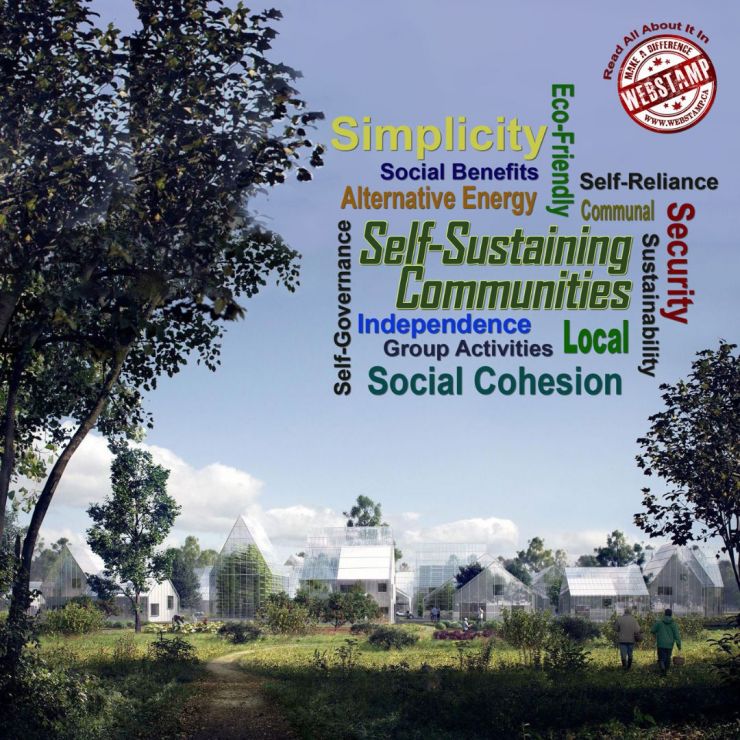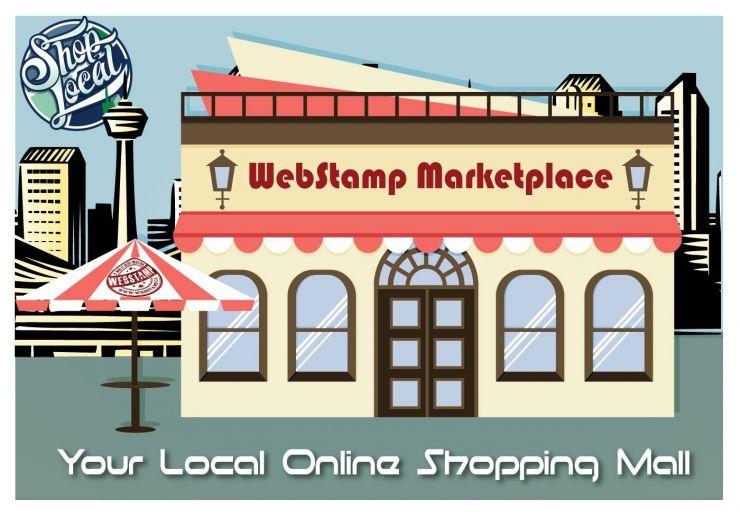WebStamp November 25, 2020
Establishing Self-Sustaining Communities
Recently a consortium of Calgary developers lobbied the city with proposals to build 11 new communities on the outer edges of Calgary. City administration recommended that the council disapprove of the new neighbourhoods which do not follow the city’s policies on managing growth. It doesn’t match the market demand with the supply and will create an oversupply of houses with a lack of demand according to councillor Druh Farrell.
It may not be a good time to add new communities since the 2019 city budget took a hit of $57 million due to oversupply. Then there is the added infrastructure needed to support those communities. They will require police, fire, and ambulance services, not to mention sewage, power, waste, road, and park maintenance. The budgets for these services and utilities also have been cut thus resources are stretched thin.
This would be a good time to review the way these new neighbourhoods are designed. Imagine communities that are self-sustaining. The homes would be built with more sustainable eco-friendly, durable, and fire-resistance products such as industrial hemp. These communities would grow their own food, produce their energy, and turn their waste system into a closed-loop regenerative system. Such an Eco-Village would be fully self-sufficient and instead of being a tax burden could actually provide additional resources for neighbouring communities.
Most of us in Canada live in luxurious conditions, however, there are many that don’t around the world. A paradigm shift around the way we build affordable housing to house the world population is required. There are going to be over 10 billion people by 2050 that will require affordable and safe housing. To find a solution to the housing crisis the XPRIZE organization has begun a housing challenge competition. As with all XPRIZE challenges those that come up with the best-case solutions to solving the impending world housing crisis will be rewarded.
It is time that the housing industry builds for sustainability and affordability. Developers should be forced to build homes with more sustainable eco-friendly materials and techniques. Developers should also be responsible for designing entire self-sustaining neighbourhoods with local employment, shops, and services that can support the community without requiring outside help. If Calgary developers want to expand, they should do so by building self-sustaining communities that instead of being a burden on taxpayers will actually give back to the neighbourhood.
Articles in this Issue
WebStamp November 28, 2020
References:







